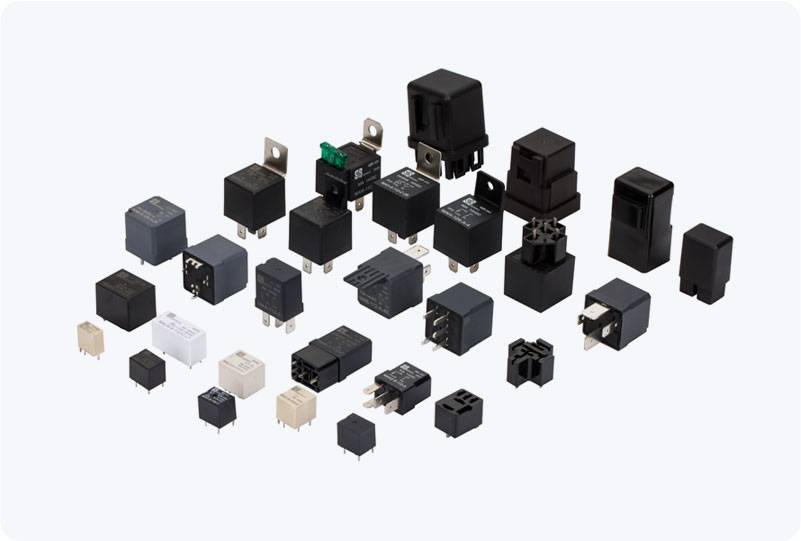In the realm of electrical engineering and automation, ensuring the reliability and longevity of relays is of paramount importance. Relays are essential components in various electrical systems, providing switching functions that control larger currents with smaller control signals. However, a significant issue that arises with these components is contact welding, a phenomenon that can lead to system failures, unsafe operations, and costly repairs. This is where the Power Relay Contact Welding Solution comes into play. This solution addresses the challenges of relay contact failure due to welding, providing a reliable and durable approach to enhance the performance of electrical circuits.

Understanding the Problem of Contact Welding Contact welding occurs when the contacts within a relay become fused due to excessive heat generated by high currents or prolonged electrical arcing. This leads to the inability of the relay to operate properly, which can cause the electrical system to malfunction or even fail entirely. The welding of relay contacts can also significantly shorten the lifespan of the relay, leading to costly replacements and system downtime. When a relay switches on and off, a small electrical arc can form between the contacts. Over time, this arc, especially under high current conditions, can heat up the contact surfaces and cause material degradation. In some extreme cases, this results in the contacts sticking together, or welding, rendering the relay useless. This problem is especially prevalent in high-power applications, where large currents are switched regularly, such as in industrial machinery, automotive systems, and power distribution.